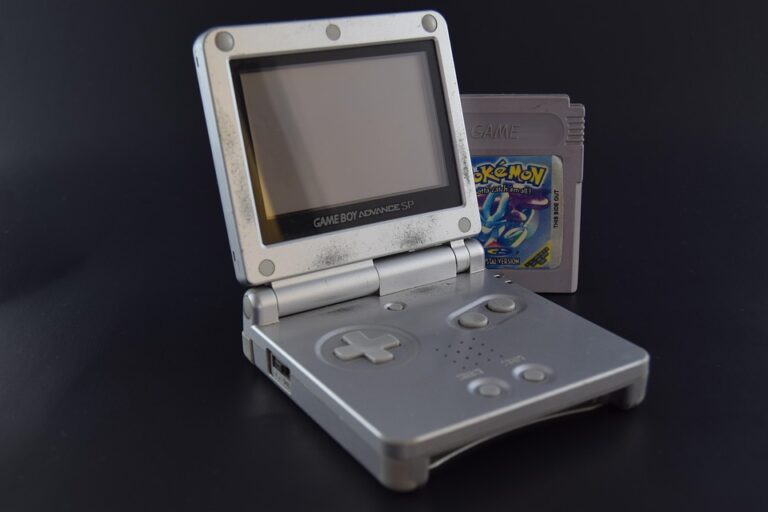The Rise of Retro Gaming: Why Old School Games Are Making a Comeback
In recent years, there has been a notable resurgence in interest surrounding retro games, captivating both seasoned gamers and new enthusiasts. This article explores the factors fueling this resurgence and analyzes why old school games are making such a significant comeback.
The Nostalgia Factor
One of the primary reasons behind the rise of retro gaming is nostalgia. For many, classic games evoke fond memories of childhood. They remind older generations of simpler times, when gameplay focused on creativity and fun rather than high-end graphics or complex mechanics. According to a recent study by the Entertainment Software Association, over 60% of gamers aged 25-40 frequently return to classic games, driven by this longing for the past.
The emotional connection plays a crucial role in making retro games appealing. They often represent a formative period in many people’s lives – a time spent gathered around a console with friends or savoring the thrill of difficult levels that challenged both skill and patience.

Alt Text: Retro games evoking nostalgia in players.
Accessibility of Retro Games
The digital landscape has evolved, enabling the proliferation of retro games on modern platforms. Services like Nintendo Switch Online and Xbox Game Pass have integrated classic titles into their offerings, making it easier than ever for players to revisit these beloved games. Between 2018 and 2021, downloads of classic game collections increased by 150%, reflecting a strong demand for retro experiences in this digital age.
There’s also a vibrant community of indie developers dedicated to creating games inspired by the retro aesthetic, further bridging the gap between old and new. According to a report from Newzoo, the global game market is expected to surpass $200 billion by 2023, with retro-themed games contributing significantly to this growth.
The Appeal of Simplicity
Retro games are often characterized by their simplicity. In an era where modern games can be overwhelmingly complex, the straightforward mechanics of games from the 80s and 90s offer a refreshing alternative. Titles like "Super Mario Bros." and "Pac-Man" provide easily digestible gameplay that allows players to jump right in without needing extensive tutorials or learning curves.
This simplicity invites more casual gamers back to the experience, allowing them to relish in the joy of uncomplicated fun. As a result, many players find themselves gravitating toward retro titles that offer fast-paced, engaging gameplay without the need for significant time investment.

Alt Text: Classic retro gaming consoles that shaped the industry.
Cultural References and Mainstream Media
Retro games have also found their way into mainstream pop culture, boosting their popularity. Television shows and movies that reference or feature classic games have introduced them to a wider audience. Projects like Netflix’s "Stranger Things" highlight the cultural significance of the 1980s, reigniting interest in that era, including its gaming scene.
Additionally, social media platforms like TikTok and Instagram have witnessed a surge of content centered around retro gaming, with users sharing gameplay clips, reviews, and nostalgic memories. This eclectic mix of modern media has played a pivotal role in amplifying awareness and appreciation of retro games.
The Community Aspect
The online retro gaming community offers a sense of camaraderie unmatched by many modern gaming experiences. Forums and social media groups allow fans to share tips, strategies, and, most importantly, their love for these classic titles. Online competitions and streaming have further bolstered community engagement.
For example, the annual "Awesome Games Done Quick" (AGDQ) charity event features speedruns of classic games, highlighting not only skill but also the shared passion of retro gaming enthusiasts. Events like this encourage players to revisit classic games while uniting for a noble cause.
The Economics of Nostalgia
Finally, the business side of retro gaming cannot be ignored. Companies are capitalizing on the nostalgia factor by remaking or remastering classic titles. Games such as "Final Fantasy VII Remake" and "Crash Bandicoot N. Sane Trilogy" demonstrate that there is a strong market for revisiting iconic franchises with updated graphics and gameplay mechanics, with the remastered editions generating millions in revenue.
Moreover, the growing trend toward limited edition physical releases of retro games is appealing to collectors and enthusiasts willing to pay a premium for nostalgia-laden experiences. Collectors are driving a boom in the retro gaming market, as evidenced by the record-setting auction sales of rare game cartridges.
Conclusion
The rise of retro games is a testament to the enduring appeal of classic gaming experiences. Fueled by nostalgia, accessibility, and a vibrant community, old school games are not just a fleeting trend but a significant cultural and economic movement. Whether you’re a seasoned gamer or a newcomer looking for an exhilarating challenge, there has never been a better time to explore the treasures of retro gaming.
To continue your journey into retro gaming, check out our articles on The Best Retro Games of All Time and How Indie Games Are Shaping Modern Gaming. For more statistics and insights, visit the Entertainment Software Association and Newzoo.
Image Attribution:
By understanding the factors driving the retro gaming renaissance, it’s clear that this trend is here to stay, with new generations embracing the charm of old school games amidst the modern gaming landscape.


